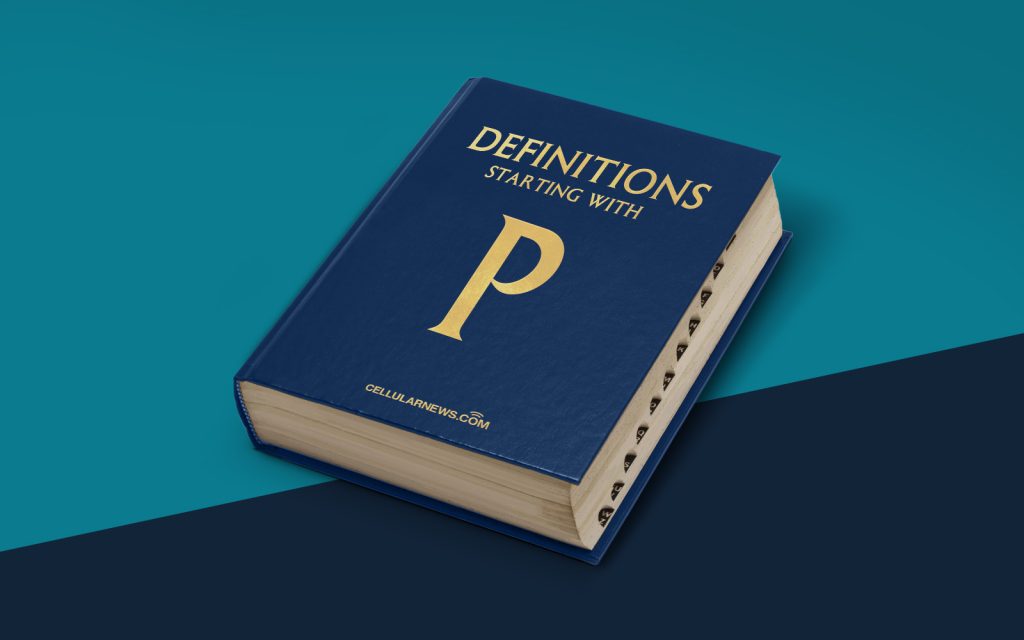
Understanding the Concept of Protection
People often encounter terms like “protected” or “protection” in various contexts, but what do these terms actually mean? In this article, we will dive into the concept of protection and explore its different applications in everyday life. From security measures to legal rights, protection is a fundamental aspect of ensuring safety and well-being.
Key Takeaways
- Protection is essential for maintaining safety and security in various aspects of life.
- There are different forms of protection, including physical, legal, and digital.
1. Physical Protection
Physical protection is perhaps the most commonly understood form of protection. It involves measures taken to safeguard individuals, property, and assets from harm. Here are some examples of physical protection:
- Installing fire alarms and sprinkler systems to protect against fire hazards.
- Security cameras and alarm systems to deter theft and vandalism.
- Wearing safety gear such as helmets, goggles, and gloves in hazardous environments.
Physical protection ensures the well-being of individuals and the preservation of property by reducing the risk of accidents and intentional harm.
2. Legal Protection
Legal protection refers to the measures and rights provided by the legal system to safeguard individuals, businesses, and their interests. Here are some examples of legal protection:
- Intellectual property rights: Patents, trademarks, and copyrights protect the creations of individuals and prevent unauthorized use or duplication.
- Contracts: Legal agreements that outline the rights and responsibilities of involved parties and provide recourse in case of breach or disputes.
- Consumer protection: Laws and regulations that protect consumers from deceptive practices, unsafe products, and unfair treatment by businesses.
Legal protection ensures fairness, justice, and accountability within society, allowing individuals and businesses to operate with confidence.
3. Digital Protection
In our increasingly digital world, protecting our online information is vital. Digital protection refers to safeguarding data, privacy, and online activities from unauthorized access and cyber threats. Here are some examples of digital protection measures:
- Using strong, unique passwords and enabling two-factor authentication to secure online accounts.
- Installing antivirus software, firewalls, and spam filters to protect against malware and phishing attacks.
- Encrypting sensitive data to ensure it remains confidential during storage and transmission.
Digital protection is important for preserving our privacy and preventing identity theft, financial fraud, and other cybercrimes.
Conclusion
Protection is a broad concept that encompasses various measures and rights designed to ensure safety and security. Whether it is physical, legal, or digital protection, these measures are crucial for maintaining a safe and functioning society. By understanding and implementing different forms of protection, we can enhance our well-being and minimize risks.
